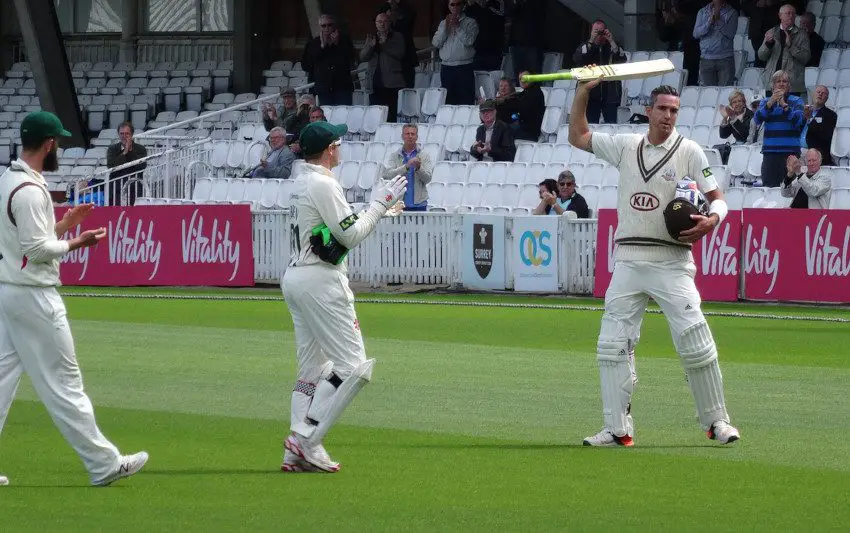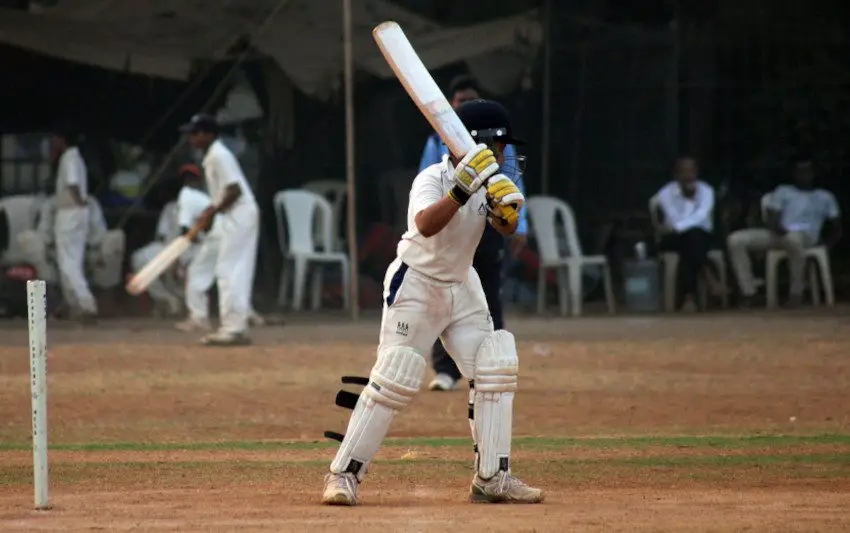Table of Contents
Batting average in cricket is a significant figure for measuring batters’ performance and this is especially true to test cricket. In the following article, we’ll take a look at the highest career batting averages, what is considered a good batting average, as well as some alternative measures of batting performance.
20 Highest Batting Averages in Test Cricket
1. Don Bradman (Australia)
- Test career span: 1928-1948
- Batting average: 99.94
The great Sir Donald Bradman came within four runs of leaving test match cricket with a perfect batting average of exactly 100. As it was, he was bowled for a duck in his final game but his eventual figure of 99.94 has stood for over 70 years and it may never be equalled.
Players of a bygone age are always compared to their modern counterparts: Sometimes, it’s unfair to do so because cricket has moved on but there are many good reasons to suggest that Bradman was the best batsman of all time.
The Australian was so far ahead of his contemporaries and, while there were some serious batsmen around at the time, none could ever come close to matching his statistics. Over a long test career that lasted from 1929 to 1948, Bradman played in just 52 matches yet he made 29 centuries with a career best of 334.
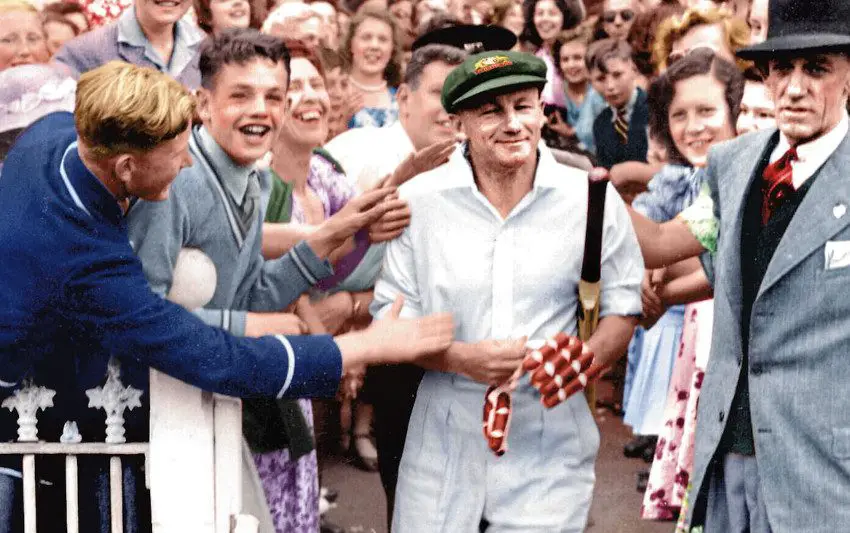
2. Adam Voges (Australia)
- Test career span: 2015-2016
- Batting average: 61.87
Averages need to be put into context at times and Adam Voges is a good example of what I’m talking about. He came to test cricket late in his career and would retire at international level having played just 20 matches.
It is impossible to argue that his final average of 61.87 is an impressive one but 20 tests is a very small sample size. Voges was, however, brilliant during his brief stint in the longest form. He made a century on debut against the West Indies and later broke Sachin Tendulkar’s record for the most runs without being dismissed.
His 1485 runs at international test level includes a best of 269 not out and he passed 100 on five occasions. Having made his test debut at the advanced age of 35, it’s just a shame that we didn’t get more opportunities to see just how good Adam Voges could be over an extended period of time.
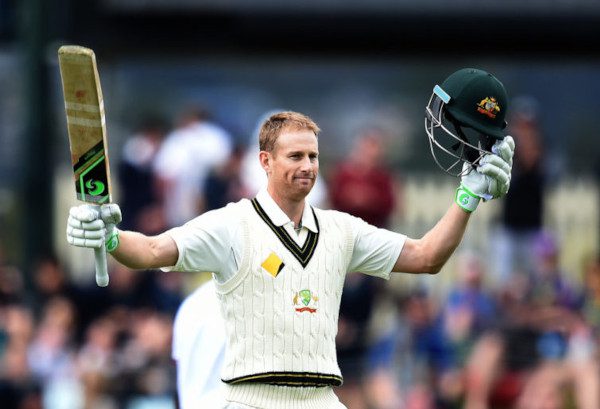
3. Steven Smith (Australia)
- Test career span: 2010-2025
- Batting average: 61.39 (as of 2021 December)
It’s incredible to think that when Steve Smith made his debut for Australia in 2010, he was picked solely for his leg spin. At that time, he was a useful batsman but few could have predicted that he would turn into one of the best batters of all time.
Smith has time to move even further up this Top 20 chart and, as he prepared for the Ashes series of 2021/22, the former Aussie skipper was averaging 61.39 after 77 tests. He particularly enjoys playing against England so there is definite potential for him to move above Adam Voges by the end of that series.
Across those 77 games, Steve Smith had scored 7540 runs with 27 centuries and a best of 239.
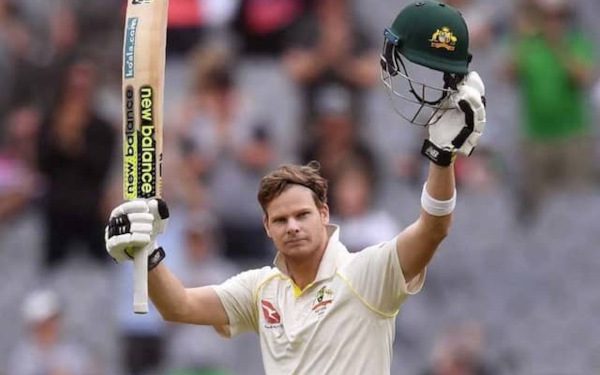
4. Marnus Labuschagne (Australia)
- Test career span: 2018-2025
- Batting average: 61.21 (as of 2021 December)
Along with Steve Smith, Marnus Labuschagne is the only other batsman to still be playing test cricket as of 2021. At the time of writing he went into the Ashes series which began in December of that year, his batting average stood at 60.80 from 18 test matches and 31 completed innings – making him no. 6 on this list. However, in the single first match of the Ashes 2021/22, he managed to jump two places to 4th place on the list.
So there’s plenty of time for those figures to go up or down but it’s certainly been an impressive start for a player who looks set to be a part of Australia’s test squad for many years to come. Included in those figures are five centuries with a best of 215 and his run aggregate stands at 1959 after those first 19 tests.
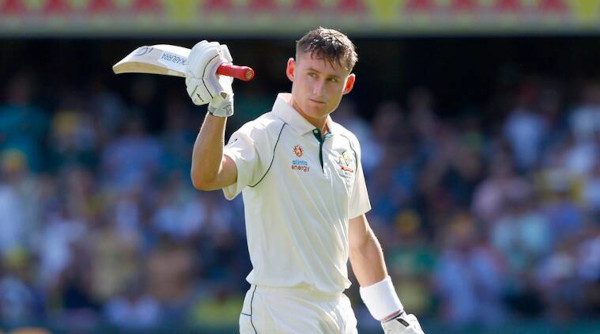
5. Graeme Pollock (South Africa)
- Test career span: 1963-1970
- Batting average: 60.97
If South Africa hadn’t been excluded from international sport in the early 1970s, Graeme Pollock would have played far more than his 23 tests. For many years, he was second only to the great Don Bradman and, by the time he had played his final game against Australia in 1970, his test batting average stood at 60.97.
Coming from a great cricketing dynasty, Pollock was a powerful left handed batsman who would have really enjoyed playing one day cricket. At test level, he made 2256 runs with seven centuries and a best of 274.
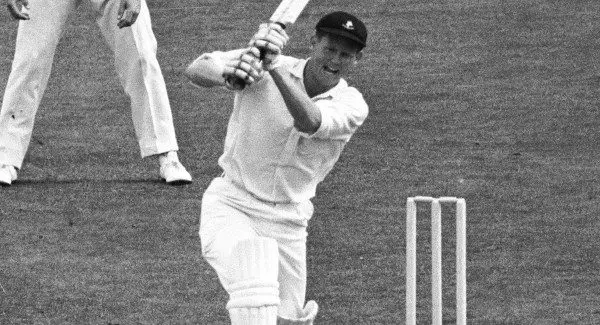
6. George Headley (West Indies)
- Test career span: 1930-1954
- Batting average: 60.83
The West Indies have produced some world class batsmen but, in terms of averages, George Headley is the best of them all. Born in Panama, he played his first test match in 1930 and would have undoubtedly played more games had it not been for the outbreak of World War Two.
Headley played at a time when the West Indies were an emerging test nation. They had some promising cricketers but could still struggle against the established teams.
George Headley stood out in that time and his batting average of 60.83 remains the best by a West Indian. In just 22 tests, he batted 40 times, scoring 2190 runs with 10 hundreds and a best of 270.
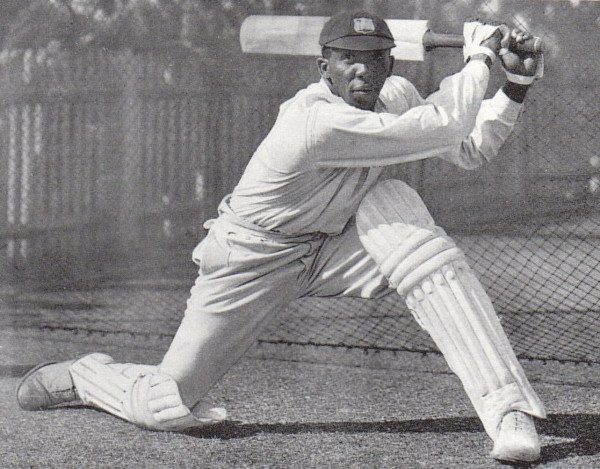
7. Herbert Sutcliffe (England)
- Test career span: 1924-1935
- Batting average: 60.73
England have produced some brilliant batsmen since test cricket began in 1877 but the country’s first representative comes in quite low at number seven. Herbert Sutcliffe formed a legendary opening partnership with Jack Hobbs and he finished his career in 1935 with 4555 test runs at an average of 60.73.
In his first class career, Sutcliffe joined an elite group of batsmen to have scored a hundred hundreds. He brought up his century on 151 occasions with 16 of those tons coming in test cricket.
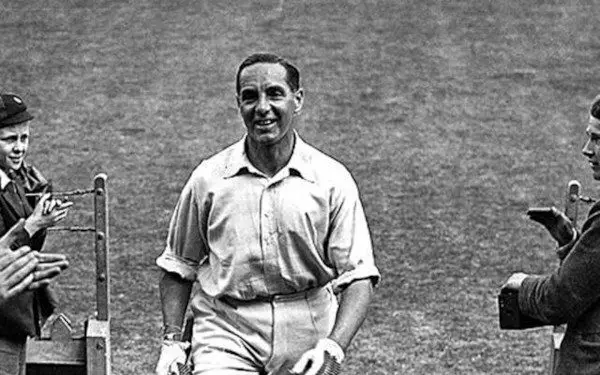
8. Eddie Paynter (England)
- Test career span: 1931-1939
- Batting average: 59.23
Like a number of players in the Top 20, Eddie Paynter’s test career was cut short by the second World War. He played his first game in 1931 and his last test was against the West Indies in July 1939, just before hostilities began.
His average of 84.42 from seven tests against Australia remains a record and those numbers contribute to an impressive overall return. Paynter played just 20 tests but he had become an England regular by the time that war broke out. In 31 innings, he scored 1540 runs with a best of 243 and a career batting average of 59.23.
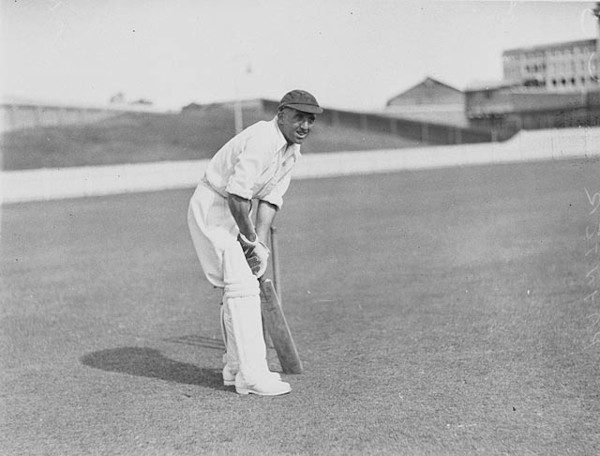
9. Ken Barrington (England)
- Test career span: 1955-1968
- Batting average: 58.67
Those that saw him play felt that Kenny Barrington was one of England’s best ever batsmen. His overall test average of 58.67 tends to agree with that assessment and he scored over 6,800 runs at test level.
Barrington was a pugnacious batsman who could have also thrived in the one day arena. He scored at a quick tempo but could be stubborn and hard to dismiss when the situation in the game dictated that it needed such an approach.
In later years, he became a much loved manager of the England national side and he sadly died on duty with the touring team, in Barbados in 1981.
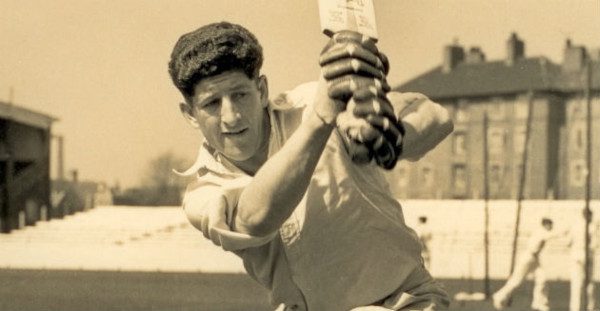
10. Everton Weekes (West Indies)
- Test career span: 1948-1958
- Batting average: 58.61
One of the infamous ‘Three Ws’ alongside Frank Worrell and Clyde Walcott, Everton Weekes was undoubtedly one of West Indies’ best ever batsmen. He played just 48 tests between 1948 and 1958 but made an indelible impression on cricket in a relatively short space of time.
Weekes’ average of 58.61 was made up from 4455 runs and it included no fewer than 15 centuries. He recorded a test best of 207 and he also scored a triple hundred in first class cricket.
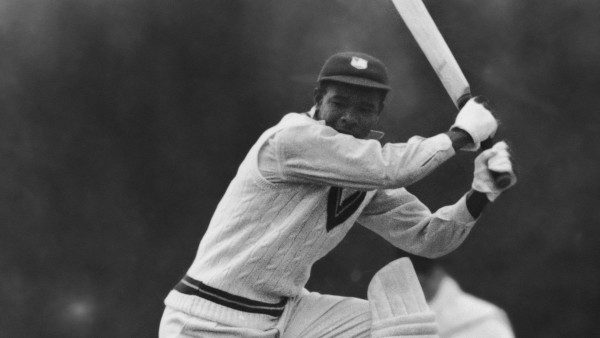
What is Considered a Good Batting Average?
This is a difficult question to answer as everyone will have their own opinion. In the 1990s when pitches weren’t so great and there were some fearsome bowlers involved in test cricket – Warne, Murali, McGrath, Ambrose, Walsh included – a great test batting average was considered to start at 40.00.
In the present day, the batsmen are making higher scores on better pitches at a time when truly great bowlers are in shorter supply. For that reason, many observers will suggest that a good test match batting averages start at 50.00.

